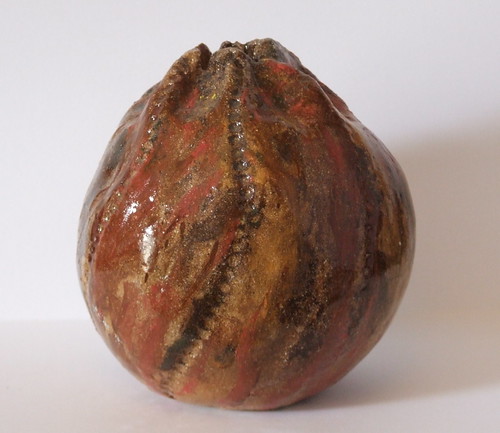"Cotton was used for clothing in present-day Peru and Mexico perhaps as long as 5,000 years ago. Also, cotton was grown, spun, and woven in ancient India, China, Egypt, and Pakistan, around 3000 B.C.
Cotton is not native to Western Europe. Around A.D. 800, Arabic traders likely introduced cotton to Spaniards. By the fourteenth century, Mediterranean farmers were cultivating the cotton plant and shipping the fiber to the Netherlands for spinning and weaving. British innovations in the late 1700s include water-powered spinning machinery, a monumental improvement over hand-spinning. An American named Samuel Slater, who worked with British machinery, memorized the plans for a machine spinner and returned to Rhode Island to set up Slater Mill, the first American textile mill to utilize machine spinners. This mill represents the beginning of the U.S. Industrial Revolution, built on the mechanism of the cotton industry."
"Asiatic cottons first grew wild in East Africa. About 5000 years ago, the people in what is now Pakistan cultivated cotton. The army of Alexander the Great first brought cotton goods into Europe in the 300s B.C. but the cloth was too expensive and only the rich could afford it".
Cultivation and harvesting
Cotton can grow at altitudes of 1000 m in India and is planted in late spring, when there is little risk of frost. It takes about 100 days for the plants to mature and produce fruits. Harvesting is a continuous process, as the plants flower and fruit at different times. When the fruits, or bolls, are mature, they burst to reveal masses of soft white fibres attached to seeds. These hair-like fibres are almost 90%
cellulose. The bolls also contain shorter, fuzzy fibres known as linters. They are used industrially for making water-soluble polymers and paper.
Processing
Most of the seeds are separated from the fibres by a mechanical process known as
ginning and are sewn together in bales. These are then shipped to textile
spinning and
weaving mills for thread and fabric production.
The fuzz that is not removed during ginning is later cut to provide linters, used in felts, upholstery, mattresses, twine, wicks, carpets,
surgical cotton, cotton wool and in chemical industries for rayon, plastics, lacquers, paper, photographic films, cellulose explosives and even sausage skins.

Ref:
bugattifurniture.comI Like this picture as it shows cotton in its natural form. They look like pretty flowers. Look how fluffy,
natural and pure they look.
Ref:creativeclass.com Ref:businesswithchina.net
I Like these natural cotton plants I think these will be very inspiring for me.
Again Cotton is a natural fibre from nature itself. I think I have my natural fabrics sorted know for
my a/w 2011-12 trend prediction.




 Ref:
Ref:

 Ref:
Ref: 














 by Eva Rothschild.
by Eva Rothschild. ref: fiveprime.org
ref: fiveprime.org